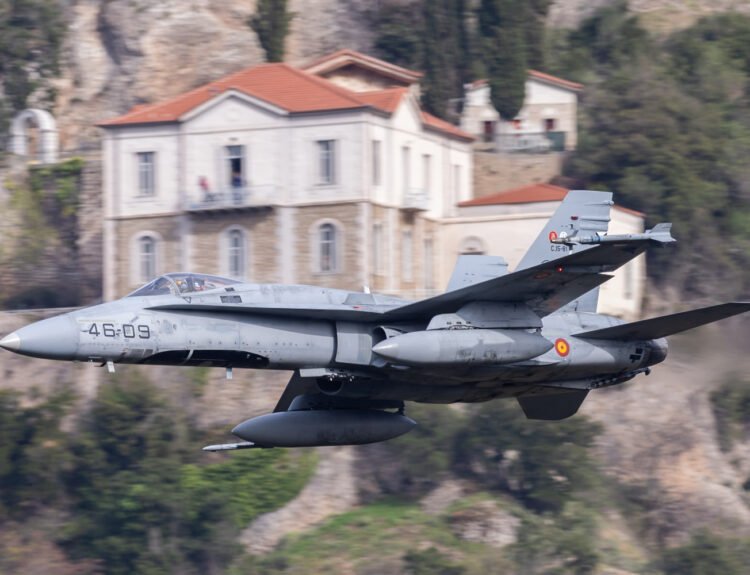As worldwide strategic challenges continue to evolve, the U.S. Air Force has come to a crossroads with its fifth-generation fighter capabilities, namely with the lack of an official successor to the F-22 Raptor. The F-22, which originally entered service in 2005, has for years been hailed for its unmatched stealth, maneuverability, and advanced avionics. However, as the aircraft ages and operational needs evolve, the prospects for U.S. air superiority have been called into question.

Today, the F-22 has been a cornerstone of the Air Force’s air superiority capability. With an inventory of approximately 180 operational aircraft, high maintenance levels and operational readiness issues have been a concern, especially considering the expensive nature of maintaining them and the challenges of life extension on older airframes.
“The F-22 is still an unbeatable fighter in its capability, but we must understand that it won’t be around forever,” said Deputy Chief of Staff for Plans and Programs, Major General David Nahom. “Looking to the future, our priority must be that we have an able replacement.”
Even though the F-35 Lightning II family has been termed a fifth-generation stealth multirole fighter, it is not designed to accomplish the F-22’s specialized mission of air superiority. The U.S. Air Force has been looking for the Next Generation Air Dominance (NGAD) program, which will design a series of next-generation platforms to maintain air superiority for years to come. Nevertheless, despite all the research and investment, officials have not yet finalized a timeline or a design for any new aircraft.
“The NGAD program is a priority for the Air Force but remains at the conceptual stage,” said Colonel Andrea Tullos, Air Force director of advanced tactical programs. “We are proceeding at full speed with the technologies that will propel a future replacement but there is not yet an official aircraft that has been approved to replace the F-22.”

The absence of a direct replacement for the F-22 troubles military analysts who question whether the U.S. Air Force will be able to sustain its edge over competitors like China and Russia, both of which have initiated new-generation stealth fighter projects. Their continued modernization efforts have served to highlight the importance of further advancing U.S. air capabilities.
“Hanging onto air superiority is crucial in any potential conflict, and the F-22’s capabilities will need to be supplemented by next-generation technologies,” said Dr. Mark Cancian, a senior adviser at the Center for Strategic and International Studies. “The United States must invest in next-generation fighters to deter potential aggressors.”

With the defense budget increasingly under congressional scrutiny, the progression of the NGAD program and future replacement for the F-22 will be contentious issues for debate. Concerns have been raised by Congress regarding the funding and time necessary to sustain the country’s air superiority.
“Congress is adamant our military receives what it needs,” stated Senator John Smith, a member of the Senate Armed Services Committee. “But we need to witness stronger replacement plans and timetables to win over the American public that our national security isn’t falling behind.”

Lacking an official replacement for the F-22 in the pipeline, the Air Force stands at a critical juncture in attempts to stay ahead of evolving threats. As the ongoing development of next-generation technologies continues, military planners are hopeful but aware that time is of the essence. The legacy of the F-22 Raptor stands for the moment; however, the strategic landscape emphasizes the pressing need for a capable replacement to ensure U.S. air dominance well into the future.






